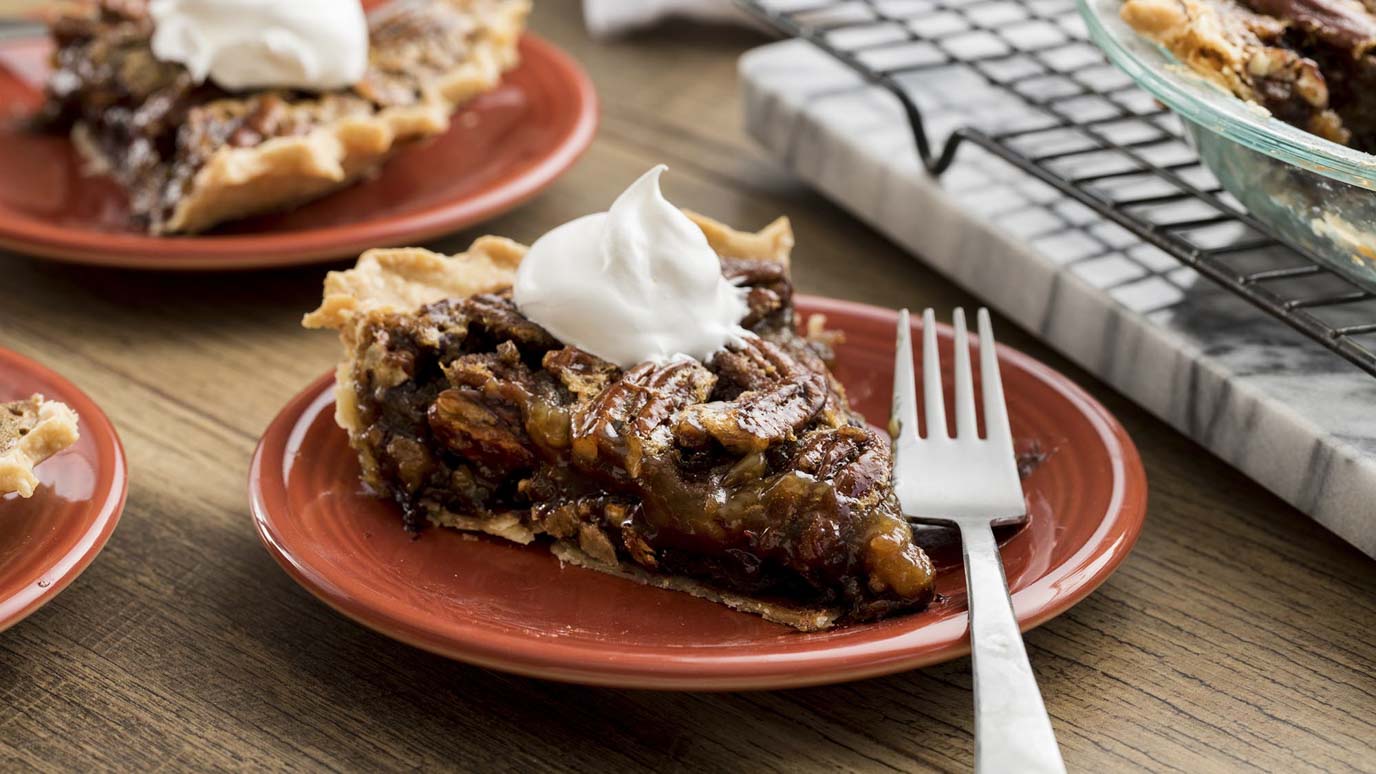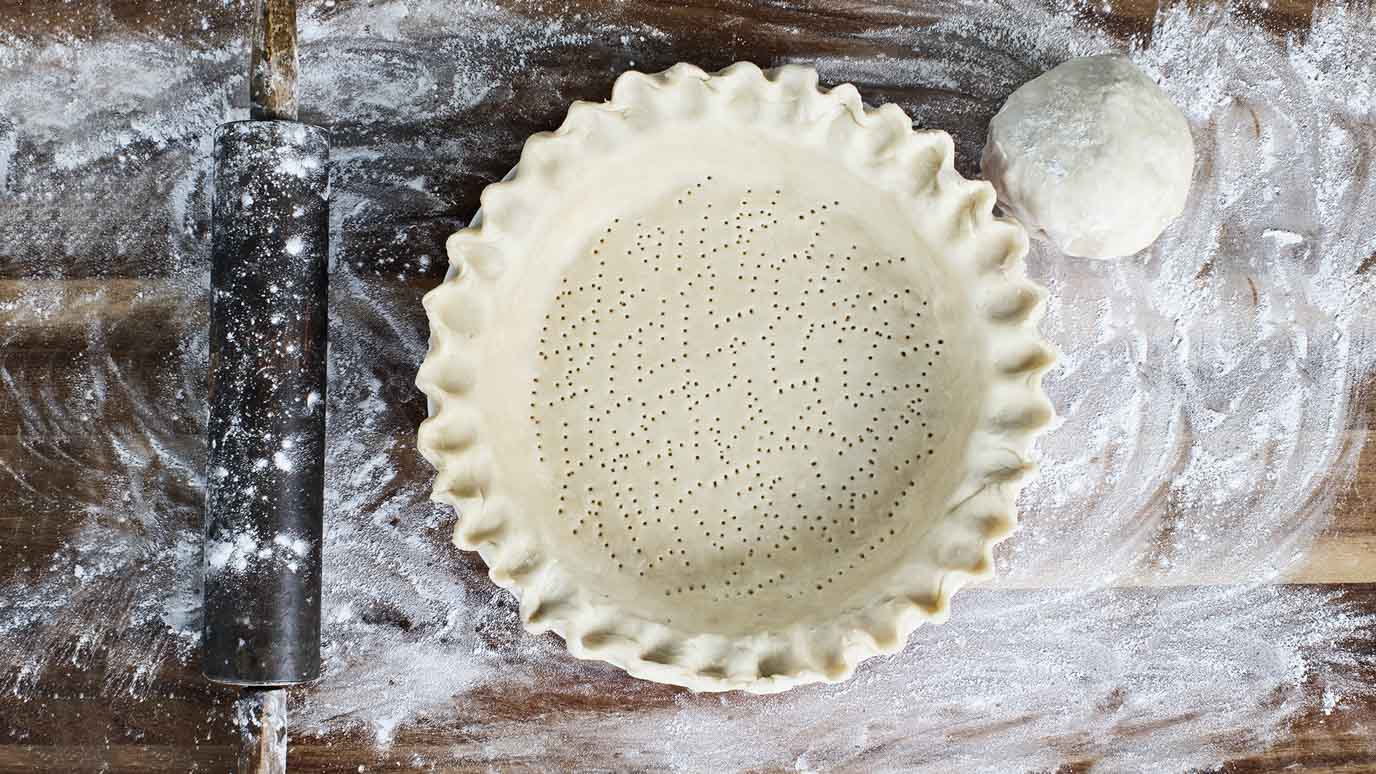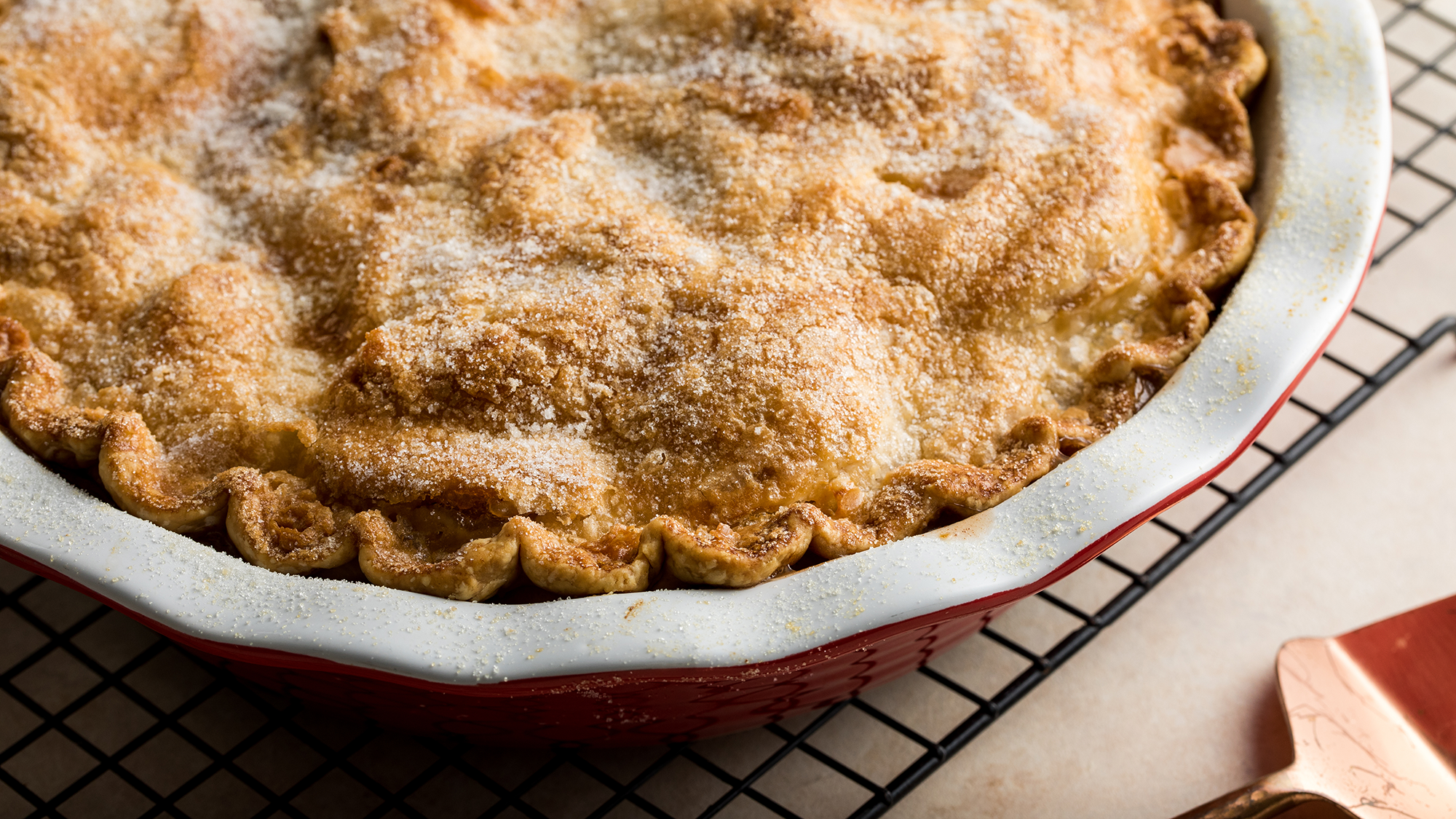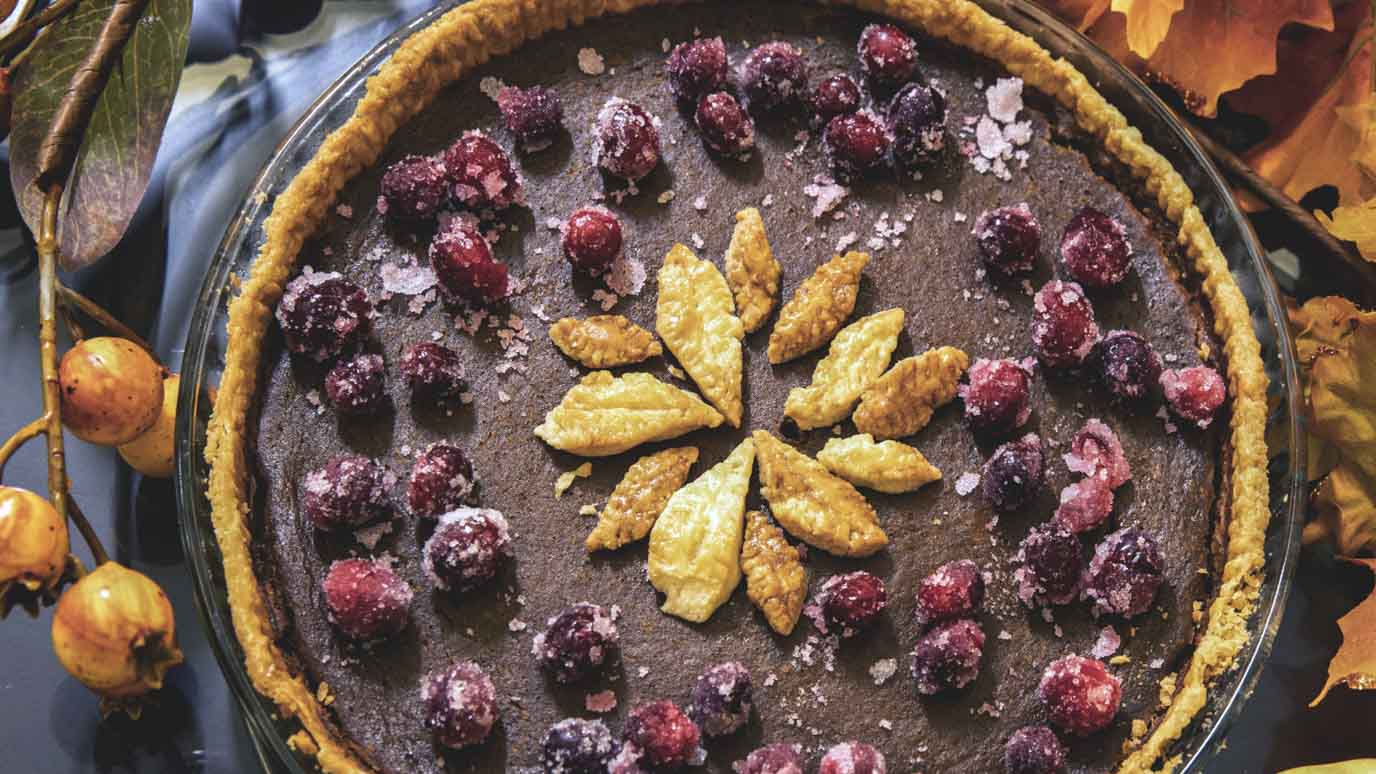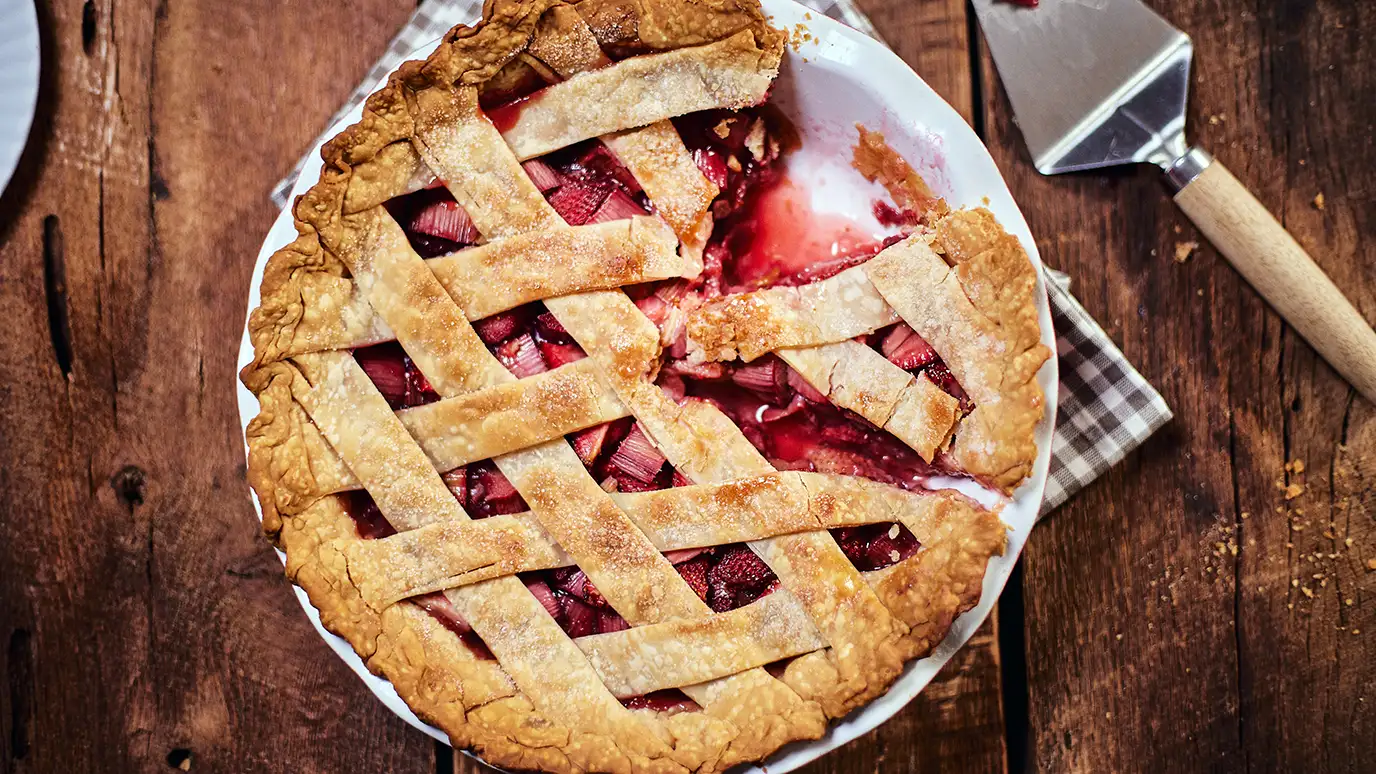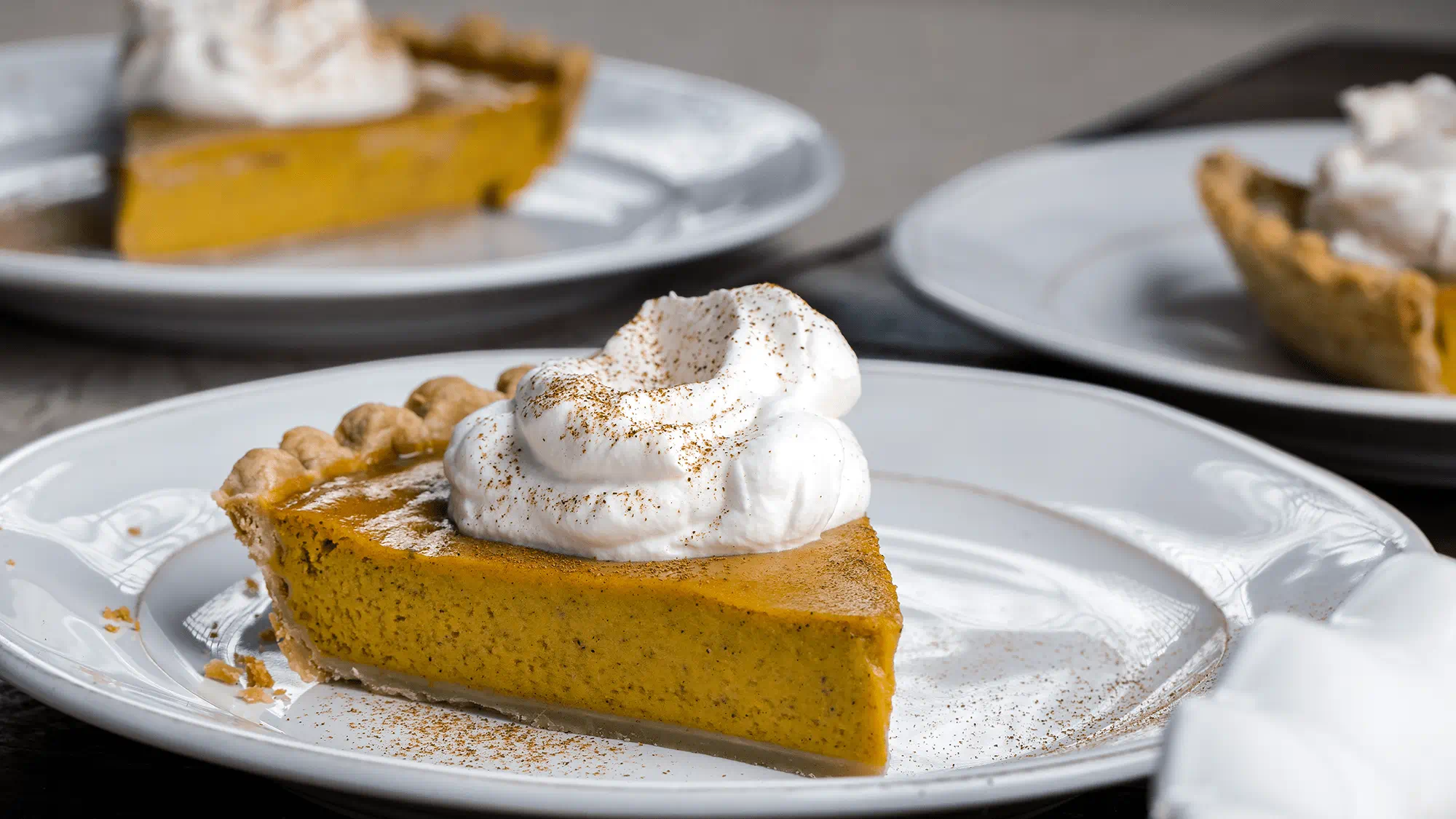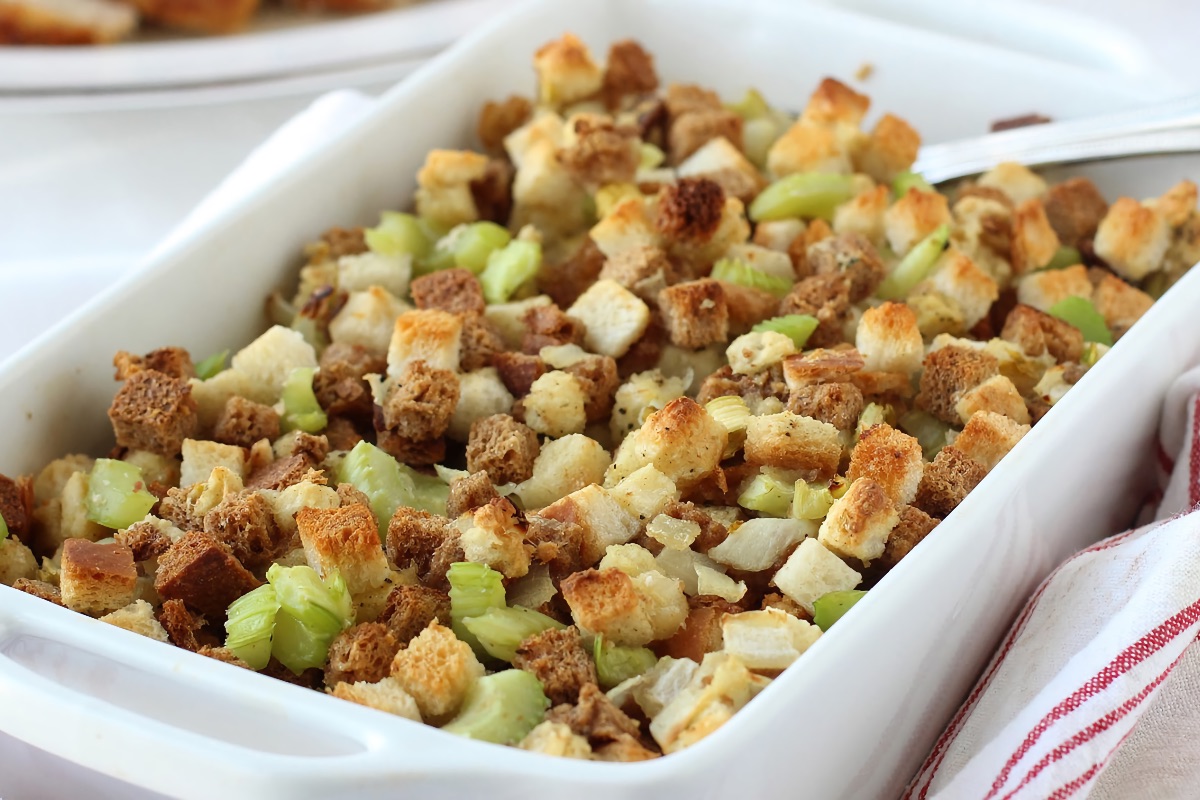The Ultimate Guide to the Perfect Pie Crust
There's nothing quite so heartwarming as a home-baked pie. But no matter what sweet filling you're using, the crust can make or break any pie in the books. A perfect pie crust can make a good dessert great, while a subpar shell turns even the most tantalizing filling into a disappointment. So let's explore some pie crust recipe options that will make your homemade creations shine.
Why the Pie Crust Matters
The pie crust is more than just a vessel for the filling — even for a filling as fabulous as the one in this Decadent Chocolate Pecan Pie. It's an integral part of the pie's flavour and texture. A well-made pie crust is flaky, tender, and flavourful.
At the heart of any pie crust recipe is the fat. Butter provides a rich, golden taste and a flaky texture. It's the key ingredient in our Homemade Vanilla Pie Crust recipe.
A buttery, flaky crust would add a welcome richness to this Classic Apple Pie, made with warming Ground Cinnamon. Serve this warm pie a la mode and enjoy the sweet mix of rich, flaky crust and sweet vanilla ice cream.
Shortening is excellent for creating a tender crust and is often chosen for its ability to hold shape. For a delicious hybrid, some bakers use a combination of butter and shortening, merging the best of both worlds: the flavour of butter and the texture of shortening. That's the secret behind the scrumptious crust in this Asian-Inspired Pumpkin Pie.
How to Make Pie Crust
Making a pie crust from scratch might seem daunting, but with a few tips and tricks, it can be a rewarding process. Start by combining your flour, salt, and fat. The key is to keep everything cold —chilled butter, cold water and even a refrigerated bowl. This ensures that the fat doesn’t melt until it’s in the oven, creating pockets of steam that give the crust its flakiness.
Gently work the fat into the flour until the mixture resembles coarse crumbs. Then, gradually add icy-cold water a tablespoon at a time, mixing until the dough just holds together. Overworking the dough can make the crust tough, so handle it as little as possible. Roll out the dough between two sheets of parchment paper to prevent sticking and use minimal flour to avoid a dry crust.
Avoiding Common Pie Crust Pitfalls
Achieving the perfect pie crust isn't just about technique; it's also about knowing what not to do. One of the most common issues is a soggy bottom crust. To prevent this, consider blind baking, where you pre-bake the crust before adding the filling. This method is particularly effective for juicy fillings. It would be a good choice if you decide to make your own crust for this Strawberry Rhubarb Pie.
Another common problem is shrinking or cracking crusts. Avoid this by allowing the dough to rest in the refrigerator before rolling it out. Resting helps relax the gluten, reducing shrinkage. If your crust does shrink or crack, don’t panic; just patch it with a little leftover dough.
How to Make a Pretty Pie Crust
Why settle for a plain crust when you can make it a show stopper? Decorative touches such as lattice patterns, braided edges, or cut-outs can transform a simple pie into a work of art. For a bit of extra flavour and texture, try brushing the crust with a beaten egg and sprinkling it with sugar before baking. This adds a beautiful golden sheen and a sweet crunch.
Consider adding a flavoured crust topping for an extra twist. A sprinkle of cinnamon sugar or a handful of crushed nuts can add both visual appeal and a delicious crunch, making your Signature Pumpkin Pie truly stand out.
The journey to the perfect pie crust is filled with delicious experimentation. Whether you’re aiming for a flaky all-butter crust or exploring alternative ingredients for a healthier twist, the key is to enjoy the process. With these tips and tricks, you’re well on your way to making a pie crust that’s goes from good to unforgettable.
More Delicious Pie Recipes
Can't get enough pie? We have plenty. Check out these other pie recipes.



